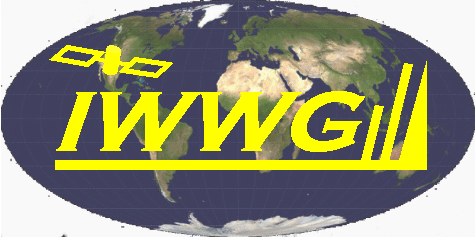Status of Atmospheric Motion Vectors Production and use at CPTEC/INPE
Atmospheric Motion Vectors (AMV) have been operationally produced at CPTEC/INPE since the early 2000s. Several GOES satellites were used during this period. Nowadays, visible 0,6 µm, near infrared (3.9 μm) water vapor absorption (6.2, 6.9 and 7.3 μm) and window infrared (10.3 μm) channels from GOES-16/ABI are used in operational AMV derivation. The higher spatial and temporal resolution of GOES-16 ABI, compared to previous GOES satellites, improved the AMVs coverage over South America and surroundings oceans. Higher AMV amount allows to set a more restricted QI and it still have a good spatial coverage of AMVs to be effectively used in data assimilation. The use of these AMVs in data assimilation has show to be very effective in improving the CPTEC/INPE numerical weather models. GOES-16 AMVs generated by CPTEC are being tested within the CPTEC’s data assimilation system in order to assess their impact on analysis and forecast. The AMVs are also used as an ancillary data to nowcasting and weather monitoring activities at CPTEC/INPE. This work presents the status of operational production of AMVs using GOES-16/ABI channels and their use in data assimilation and weather monitoring activities at CPTEC/INPE as well the adjusts done to the algorithms since the last AMV algorithms intercomparison experiments.






